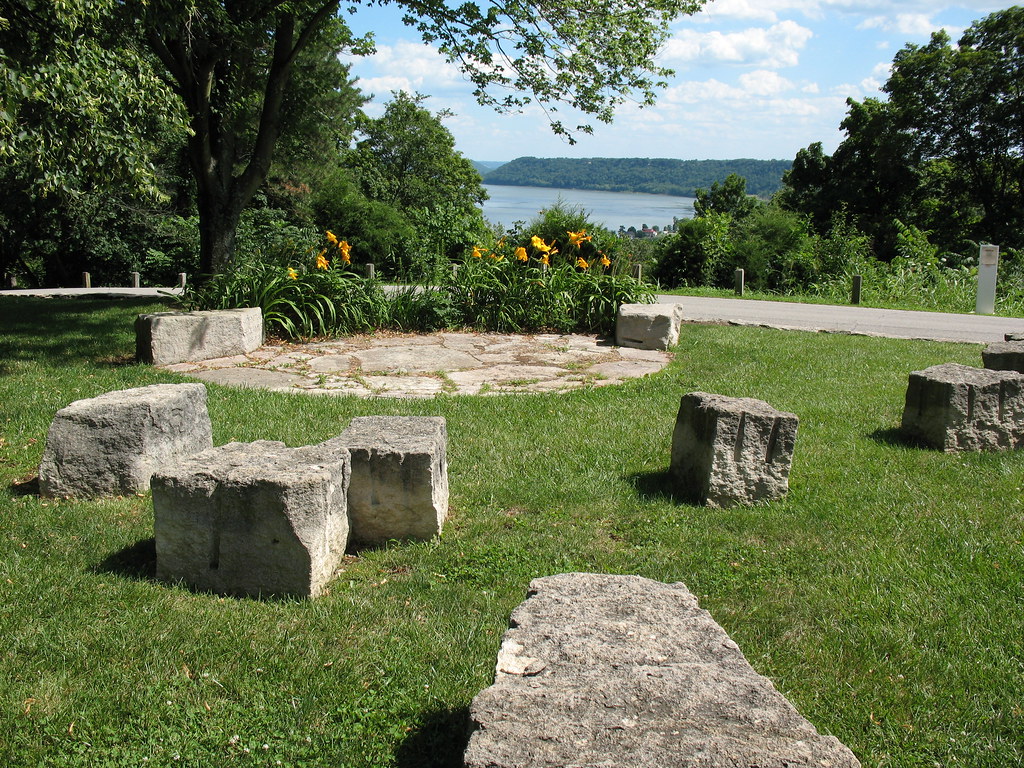Engaging Learning Spaces
I believe the ideal learning space is one that promotes creativity, encourages discussion, and is accessible for all students. To meet this end, the furniture would need to be movable to change the flow of the space based on the activity. In terms of technology, at minimum a classroom should be equipped with a computer and projector. As students continue to rely more and more on their own technology, classrooms will need more outlets and dependable internet access so students will be able to fully participate in class. I also believe to promote engaged learning, classrooms benefit from windows and natural light. To stimulate creativity, students need to feel like they are in a comfortable, non-confining space that doesn’t feel wholly institutional.
One of my favorite learning spaces is at my undergraduate institution, Hanover College, where they have built an outdoor classroom. Hanover, a small liberal arts institution of about 900 students, is surrounded by a state park, so the institution is always looking for ways to create learning environments that incorporate natural spaces. The main one was the outdoor classroom–which is pictured above. Professors often chose to have class in this space when attempting to have their classes do brainstorming work or creative projects. Additionally, most indoor classrooms (when possible) had large windows. Almost no classroom had desks in rows and nearly every room was organized in a manner that was supposed to encourage conversation by having configurations where people faced one another.
Reflection
One thing I found interesting about this assignment was how it changed the way I thought about learning spaces I’ve engaged with as both a learner and a teacher throughout my time in higher education. As mentioned above, my undergraduate degree is from a small liberal arts institution, so I had the privilege of working in spaces with very few people. I was never part of a big lecture style course. For my master’s education, I was part of a small institute that was housed in an old, renovated house. This space was therefore organized very differently from traditional classrooms as every space had a much homier feel. Obviously, both of these examples are quite different from the MSU and the learning spaces I’ve interacted with here. In a way, I wonder if online learning can harken back to some of these smaller, more intimate learning spaces by providing a space for discussion where people can potentially be more easily heard than in a large classroom.
